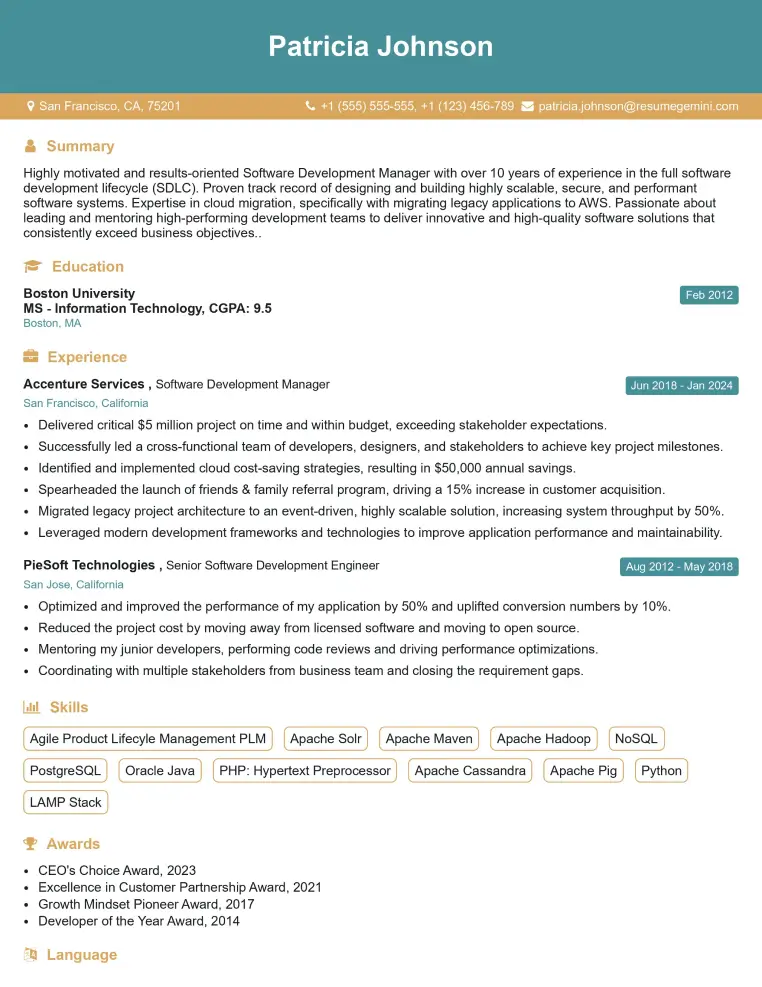Are you contemplating a career switch but feeling daunted by the prospect of drafting a compelling resume that showcases your transferable skills? Fret not! In this comprehensive guide, we will provide you with an actionable plan to craft a resume that effectively communicates your strengths and makes a persuasive case for your career pivot.
1. Identify Transferable Skills and Highlight Them
A career switch often involves leveraging your existing skills and knowledge in a new industry or role. Take some time to introspect and identify the transferable skills you have gained through your previous experiences. These skills could be:
- Communication and interpersonal abilities
- Problem-solving and analytical thinking
- Project management and leadership skills
- Technical proficiency and software knowledge
- Adaptability and willingness to learn
Once you have identified your transferable skills, highlight them prominently in your resume. Use action verbs to describe your accomplishments and quantify your results whenever possible.
2. Quantify Accomplishments and Use Specific Examples
Numbers speak louder than words. Quantifying your accomplishments provides tangible evidence of your impact and value. Instead of using vague statements like “Managed a team,” specify the size of the team, the scope of your responsibilities, and the quantifiable outcomes you achieved.
For instance, instead of writing “Developed marketing campaigns,” you could state: “Developed and executed marketing campaigns that increased website traffic by 25% and generated $1 million in revenue.”
3. Craft a Tailored Cover Letter That Complements Your Resume
Your cover letter should complement your resume by providing additional context and highlighting how your skills and experience align with the specific role you are applying for. In your cover letter, you can:
- Explain your motivation for the career switch and how it aligns with your long-term goals
- Provide specific examples of how your transferable skills can be applied to the new role
- Express your enthusiasm for the company and explain why you believe you are the ideal candidate
Your cover letter should be tailored to each specific job application and should be no longer than one page.
4. Network and Seek Referrals
Networking is crucial for any job seeker, but it becomes even more important when you are switching careers. Attend industry events, connect with people on LinkedIn, and reach out to your friends and family for referrals.
Referrals can significantly increase your chances of landing an interview. When someone within the company recommends you, it gives you an instant credibility boost and shows the hiring manager that you are a serious candidate.
5. Practice Your Interview Skills
Once you start securing interviews, it is essential to practice your interview skills thoroughly.
Prepare for Behavioral Interview Questions
Many interviewers ask behavioral interview questions, which focus on your past experiences and how you handled specific situations. Practice answering these questions using the STAR method:
- Situation: Describe the situation you were in.
- Task: Explain the task you were responsible for.
- Action: Describe the actions you took.
- Result: Explain the positive outcomes of your actions.
For example, if you are asked, “Tell me about a time when you had to overcome a challenging work situation,” you could answer using the STAR method as follows:
Situation: “I was working on a large project with a tight deadline, and one of my team members suddenly quit.”
Task: “I was responsible for completing the project on time and ensuring a smooth transition.”
Action: “I quickly reassigned tasks, provided additional support to my remaining team members, and worked overtime to make up for the lost time.”
Result: “Despite the setback, we were able to deliver the project on time and within budget.”
Research the Company and the Position
Before each interview, thoroughly research the company and the specific position you are applying for. This will help you understand the company’s culture, values, and goals. It will also allow you to tailor your answers to the specific requirements of the role.
Changing careers can be a daunting prospect, but it is not impossible. By following these five actionable steps, you can create a resume and cover letter that effectively communicate your skills, highlight your transferable abilities, and make a compelling case for your career switch. Remember, with determination and the right strategies, you can successfully navigate the transition and embark on a fulfilling career in your new field.
For more resume writing tips and inspiration, visit ResumeGemini, the leading resume builder with over 3.6 million content examples and customizable templates to help you create a standout resume that lands you your dream job.
